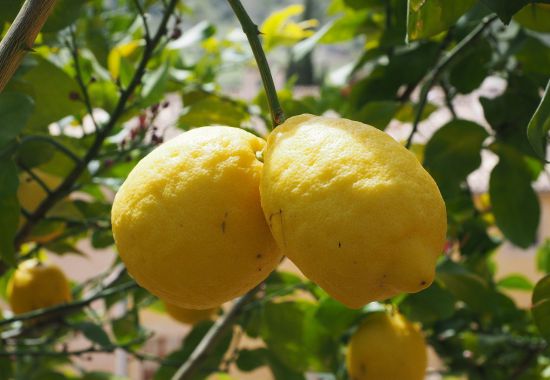Description
The lemon tree is a medium to large tree, scattered and rustic. Its leaves are light green, serrated margins and slightly winged petiole. Flowering and fruiting depends on the variety, there are some varieties that can have a second flowering. The fruits are oval bands with yellow flesh and skin, with the bark full of characteristic essential oils.
The production of lemons in Spain stands at 1,125,000 tons per year, with a cultivated area of about 46,000 hectares.

Soil
They prefer permeable soils and little limestone, of good depth to promote anchorage and root growth. They also need the soil to have good aeration and drainage, since they are sensitive to root suffocation. They do not tolerate salinity well.
PH
Salinity
Quality
Temperature
The lemon tree is sensitive to cold, so it needs temperatures not to drop below 0ºC to avoid being damaged by cold or frost. It is a more tropical tree than the other Citrus, so if it is not grown with higher temperatures than usual, the fruits will not have a good commercial quality.
Irrigation
In relation to water requirements, it is a tree with high irrigation needs.
Irrigation properties
Varieties
In Spain, the cultivar that represents 70% of the production is Verna, with the varieties Verna 51 and Verna 62. It is followed by the veriety Fino (20% of Spanish production) and with the varieties Fino 49, followed by the Fino 95. In the double flowering varieties, there is Eureka, which is capable of re-flowering before winter, although this variety is more residual..